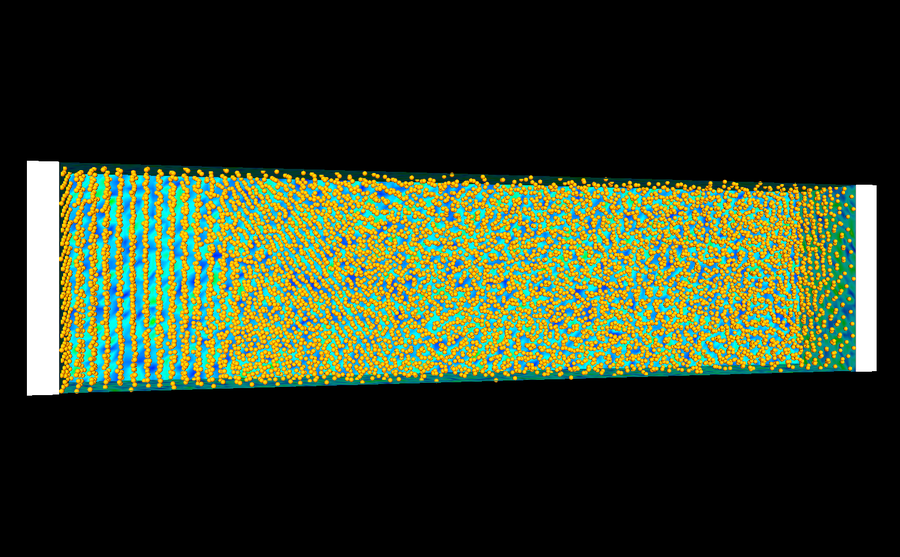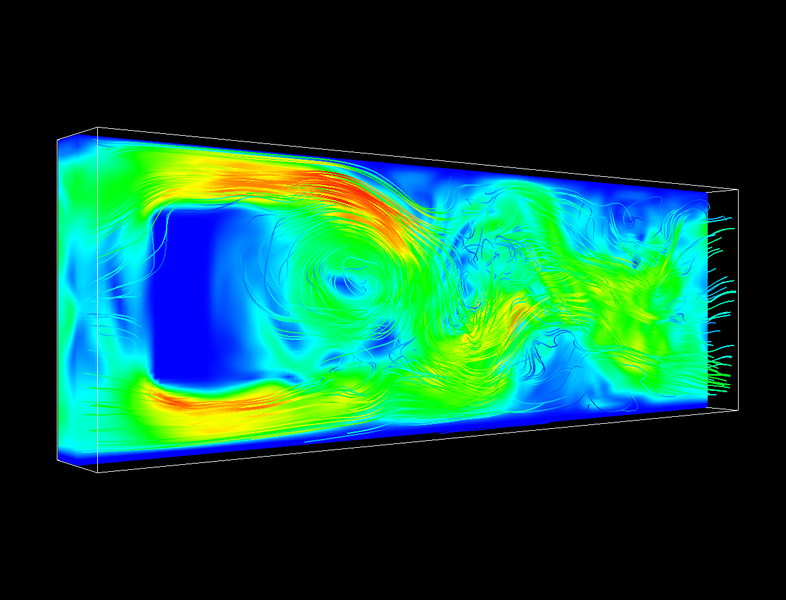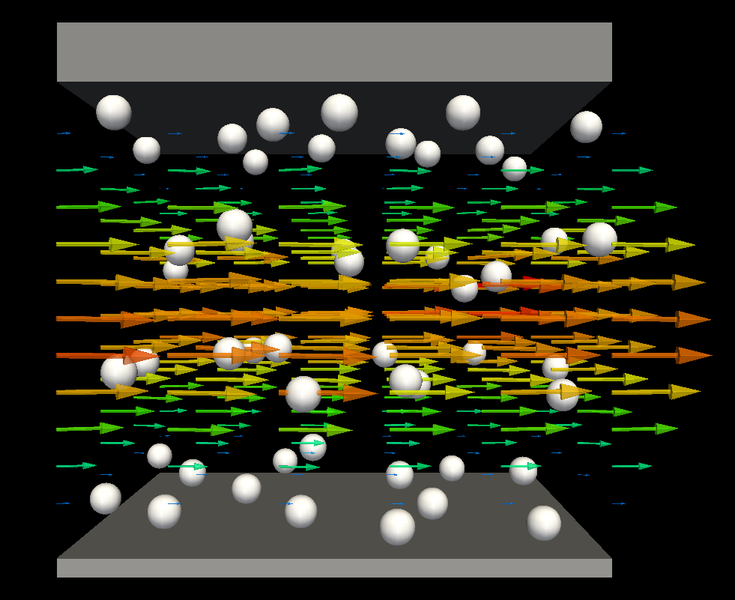Description
|
The production of defect-free protein crystals is important for structure determination by scattering experiments, and crystals of suitable colloidal particles, for example opal, have lattice spacings on the order of the wavelength of visible light and therefore possess interesting optical properties. They can be used as photonic or phononic crystals, for example. Colloids and proteins have in common that are relatively large macromolecular ions, which theoretically are still poorly understood, in particular their crystallization. On the other hand, colloidal particles are small enough to experience strong Brownian motion and in that resemble as closely as possible the classical models of statistical physics. Therefore, they can serve to review and rene the theory.
At present, colloidal or protein crystals are mainly grown by trial and error, probing a broad range of dierent parameters, such as temperature, pressure, added salt or precipitation agents. To reduce the number of required experiments, a closed theory of the nucleation in charged systems is necessary. These early stages of crystal growth are essential for the quality of the crystal. We use Molecular dynamics simulations to examine these systems and search in simplied models for fundamental rules of nucleation in charged systems. However, such simulations require large amounts of charged particles, as colloids or proteins are usually highly charged and accordingly a lot of salt for neutralization must be present. In a rst step, the salt can be treated implicitly as an eective colloid potential of the Yukawa type. However, if multivalent salt is involved, which is often a particulary efficient precipitation agent, this simplied modeling is insufficient, and we will need to treat explicitly large numbers of charges. Another important long-ranged interaction in nucleation is hydrodynamics, which comes into play since the experimentally accessible colloidal systems are
suspended in a solvent, usually water. While this has no in uence on the conditions, under which the system crystallizes, it has an in uence on the crystal growth velocity and nucleation rate, which we currently investigate. Moreover, in connement, hydrodynamic interactions can lead to enhanced ordering, which can increase the nucleation rate or favor certain crystal planes. A colloidal system with implicit salt ions, but with explicit hydrodynamics, growing from a wall is shown in gure 1. The solvent is visualized as a colored surface.
The combination of the long time scales of nucleation and the computational cost of long-ranged interactions makes it impossible to conduct our studies with current algorithms and conventional computers. Therefore, we develop efficient methods for treating electrostatics and hydrodynamics that can make use of graphics cards (GPUs). A lattice Boltzmann solver for hydrodynamics on a GPU is already ready for production (Figure 2 and 3). Depending on the application, this solver is between 20 and 100 times faster than a conventional quad-core CPU. For many typical problems, a GPU can replace or even outperform a small compute cluster because of the communication overhead, even when using Inniband. The lattice Boltzmann solver is open source and part of our ESPREsSo simulation package.
|
|




